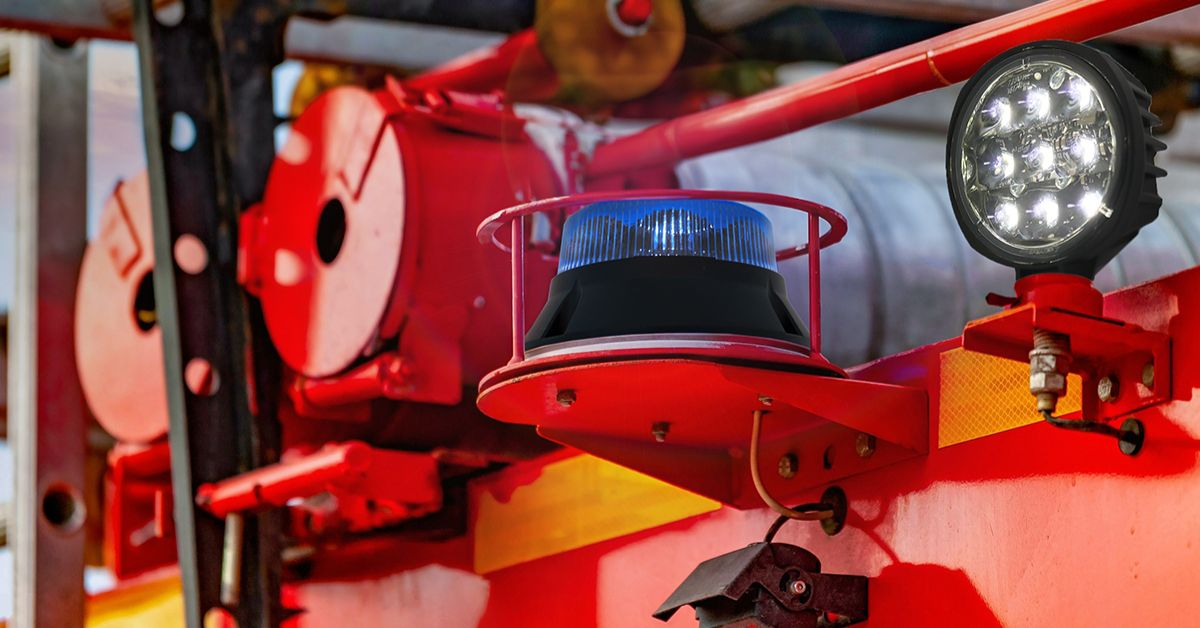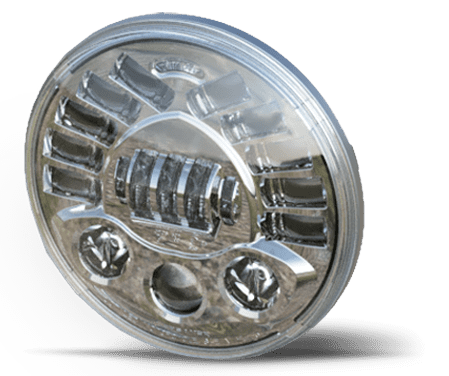
How LED Lights Improve Road Safety for Emergency Vehicles

Emergency vehicles must command attention. Whether it’s an ambulance, fire truck, or police vehicle, high visibility is crucial in ensuring they reach their destinations safely and promptly. A split second can mean the difference between life and death, and part of this critical response depends on how quickly other drivers recognize and react to emergency vehicles on the road.
This visibility hinges largely on lighting systems, which have come a long way from traditional solutions to advanced LED technology designed to meet modern challenges. So, what sets LED lights apart from the alternatives on the market? Figuring that out is the key to optimizing any vehicle for the driving conditions you expect to encounter. Take a closer look at how LED lights improve road safety for emergency vehicles today. That way, you can determine whether your vehicle’s lighting systems are properly designed to suit your needs on the road in any environment.
Understanding the Limitations of Traditional Lighting
For years, vehicles widely relied on traditional incandescent and halogen lights to signal their presence. While these technologies served a purpose, limitations soon became evident as road safety concerns grew. Traditional lights are less bright, consume more energy, and will typically fail to perform optimally in adverse weather conditions.
Their slower response times and tendency to degrade over time further compromise their reliability. Additionally, the heat generated by these older light sources can lead to early wear and inefficiencies, making them less than ideal for vehicles that demand consistent and high-performing visibility solutions. Thanks to today’s innovative LED lighting systems, you don’t have to rely on these outdated options for your vehicle.
The Superiority of LED Technology in Enhancing Visibility
The advent of LED lighting has transformed how emergency vehicles are readily equipped to respond to any call. LED lights produce brighter and sharper illumination, ensuring maximum visibility across long distances and in low-light settings.
LEDs also provide superior performance in fog, rain, and snow, where traditional lights might struggle to cut through. This enhanced visibility is vital to ensuring that other drivers can quickly identify emergency vehicles and react accordingly, reducing the risk of road incidents. When these vehicles must respond to emergencies, the conditions they encounter can vary. Whether it’s a clear day or a foggy one, LED warning lights and headlights help emergency vehicles retain maximum visibility on their way to the next stop. At J.W. Speaker, our LED safety lights are available in many variations so you can easily fine-tune your setup to match your needs.

A Closer Look at LED Effectiveness
The advantages of LED lights in improving road safety are substantial because of their brighter, more focused beams and their energy-efficient design. Additionally, LEDs operate at cooler temperatures, extending their lifespan and reducing the chances of failure at critical moments. Thanks to the impact that LEDs have on driving conditions, they can quickly transform the capabilities of any vehicle for the better.
LED lights illuminate instantaneously when activated. This rapid response time provides critical safety advantages during emergency situations. The immediate intensity of LED lights enhances the effectiveness of signals such as flashing lightbars or sirens, ensuring that other road users are always alerted without delay. This quick illumination can save precious seconds, making a significant difference when time is of the essence.
Cost Effectiveness and Long-Term Benefits of LED Upgrades
Opting for cheap materials may save money initially but it can compromise the functionality and safety of the lights, compromising the whole vehicle in the process. Choosing high-quality LEDs ensures you can invest in materials that will maximize road safety.
While the initial cost of retrofit solutions may appear higher, LEDs offer significant savings in the long run. Their reduced power consumption translates into lower fuel expenses for vehicles, an essential benefit for fleets operating continuously. LEDs also require minimal maintenance thanks to their long lifespan, which minimizes downtime for repairs or replacements.
Emergency vehicle operators benefit from increased reliability and uninterrupted use, ultimately helping organizations save both time and money. Furthermore, the durability of LED systems makes them resistant to vibrations and harsh environmental conditions, so they will continue to perform effectively even in the most demanding situations.

Regulatory Standards and Compliance for Emergency Vehicle Lighting
LED lights improve road safety for emergency vehicles because they adhere to relevant regulatory standards. These standards are in place to keep roads safe and drivers operating responsibly. Of course, the right technology goes hand-in-hand with the right practices, so proper installation and positioning of lights is key.
Lighting systems for emergency vehicles are subject to stringent regulations aimed at ensuring uniformity and effectiveness. Standards set by governing bodies, such as the Society of Automotive Engineers (SAE) and the Federal Motor Vehicle Safety Standards (FMVSS), dictate factors such as the intensity, color, and placement of lights. LEDs meet and may even exceed these requirements, offering improved compliance while enhancing overall safety. For fleet managers and engineers, transitioning to LEDs not only ensures adherence to regulations but also positions a fleet as forward-thinking and prepared for the future.
Convenient Flexibility and Versatility
LED lighting systems offer unmatched versatility, allowing for a wide array of configurations and designs tailored to the specific needs of emergency vehicles. From multi-color lightbars to directional warning lights, LEDs can be programmed to emit different patterns and intensities depending on the requirements of the situation. This adaptability ensures that the vehicle’s lighting communicates the appropriate signals effectively. The more control you have over your vehicle’s lighting, the easier it is to create the safest design possible for emergency response teams, whether your lights are on an ambulance or a fire truck.
Investing in Safety with LED Technology
The transition to LED lighting is not just a modern trend; it’s a strategic decision that directly impacts road safety, operational efficiency, and cost-effectiveness. Engineers, fleet managers, and decision-makers in emergency services cannot afford to overlook the tangible benefits LEDs offer.
From reducing accidents to extending fleet lifespans and ensuring compliance with rigorous safety standards, LED technologies represent a vital investment in the future of emergency response. The road ahead is lit brighter, safer, and smarter with LEDs leading the way.
Now is the time to adopt this cutting-edge technology and prioritize tools that enhance visibility, reduce energy consumption, and support critical operations. Invest in advanced LED lighting solutions today to future-proof your emergency response capabilities.


